Features of the Japanese plum
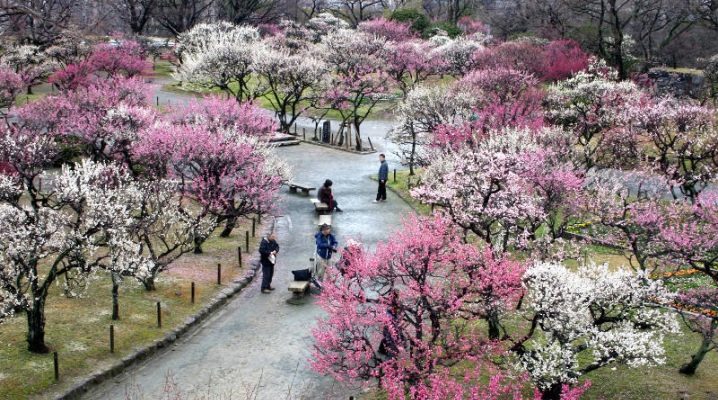
Sakura is not the only blooming treasure in Japanese gardens. There is another incredibly beautiful culture, the appearance of which is breathtaking. Let's talk about the features of the Japanese plum, and also figure out how to grow it in the conditions of our country.
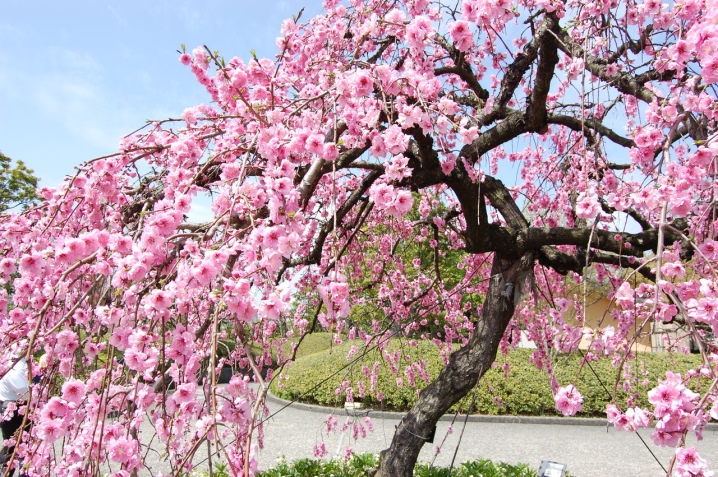
general description
The culture also has other names - "Japanese apricot" and "Mume". The classification assigns it to the Pink family, the Plum genus. The plant looks impressive. Usually it is a tall, lush tree with a grayish bark, growing up to 6-7 meters. Sometimes the Japanese plum takes the form of a spreading shrub of medium height.
Mume leaves are slightly elongated, resembling an egg in shape, have denticles at the edges and slight pubescence. Flowers begin to bloom in early spring. The petals can be regular or double. The color is white or pinkish. A lush and long-lasting bloom is usually accompanied by a rich aroma and pleases the eye for 2.5 months.
The first fruits appear in July. They have a yellow or greenish tint and a bone tightly "sitting" in the tough pulp. Under natural conditions, the culture can be found in the north and center of China. It is also bred by the Japanese, Koreans and Vietnamese.
As for Russia, the plant is exotic for our gardeners, although its cultivation is quite possible here as well.


The nuances of growing
The original version of the culture is thermophilic. It will not be able to survive in the Russian climate, the only exception is the warmest regions. However, thanks to breeders, several hybrids with very good winter hardiness have recently been born. Therefore, Japanese apricots can be grown in cooler areas today.
From the bone
In this case, planting is best done in late July or early August. A hole dug in the garden should be filled with a nutrient mixture of turf, sand, humus and leafy soil. The stone is immersed to a depth of 5 cm. The emergence of seedlings can be expected by the end of spring next year.
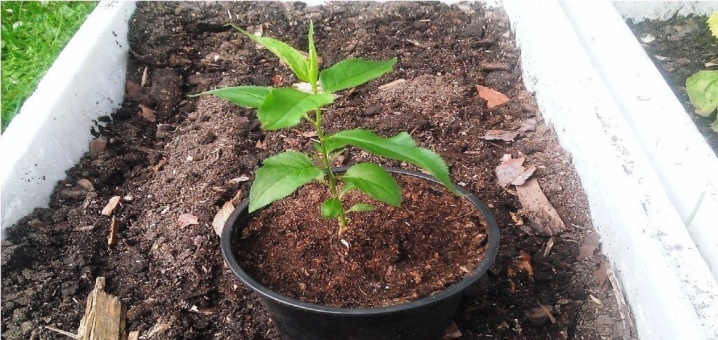
Planting seedlings
This process can be carried out both in spring and autumn. The hole is prepared 2 weeks before the young tree is immersed in the ground. The optimum hole diameter is 60 cm. The soil is enriched with humus before planting.
After placing the culture in the ground, it is watered abundantly. The near-stem circle is mulched with peat or compost.

Care
In the spring, the seedling is fed with nitrogen-containing agents. They help the tree grow faster and gain green mass. At the end of the growing season, it is necessary to use nitrogen-potassium and phosphorus supplements. In the fall, the introduction of organic matter (compost and humus) will be useful.
Root shoots must be eliminated within a radius of 3 meters from the trunk. Also, some varieties require fruit thinning. An excess of ovaries should be eliminated immediately after emergence, without waiting for the fruits to begin to pour. This procedure significantly improves the quality of the current crop and increases the chances of good fruiting in the future.

The tree is pruned in the spring or early summer. It is desirable that the weather is already stable by this time. Sharp temperature jumps are not welcome. Only a procedure carried out at a comfortable temperature guarantees the preservation of the health of the culture. Cropping cannot be ignored. This can lead to an overload of the trunk and a decrease in the splendor of the crown.
As for diseases and pests, the original Japanese plum is resistant to them.
But some hybrid varieties cannot boast of perfect immunity and the ability to withstand insect attacks. Therefore, the condition of the plant should be carefully monitored and, if necessary, appropriate processing should be carried out.
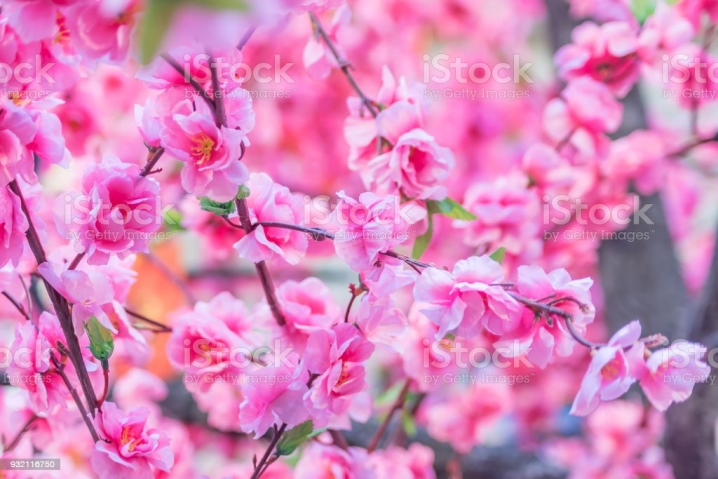
Usage
The indisputable advantages of the culture include the ability of the harvested fruits to retain their shape and taste for a long time. You can pluck them without waiting for full ripening. Like tomatoes, they can reach full maturity outside the tree. Also, in a cool room or in the refrigerator, you can store already ripe Japanese plums (up to three weeks).
The fruits of the original plant have a very specific taste - sourish, with herbaceous notes. Therefore, they are not eaten in their original form. But pickled, pickled and salted Mume are often used in Asian dishes. Japanese apricot oil is considered very useful. It can have a beneficial effect on the gastrointestinal mucosa, prevent the development of gastric, heart and vascular diseases, and replenish the lack of vitamins in the body. Also, alcoholic liqueur is made from the fruits of this tree.
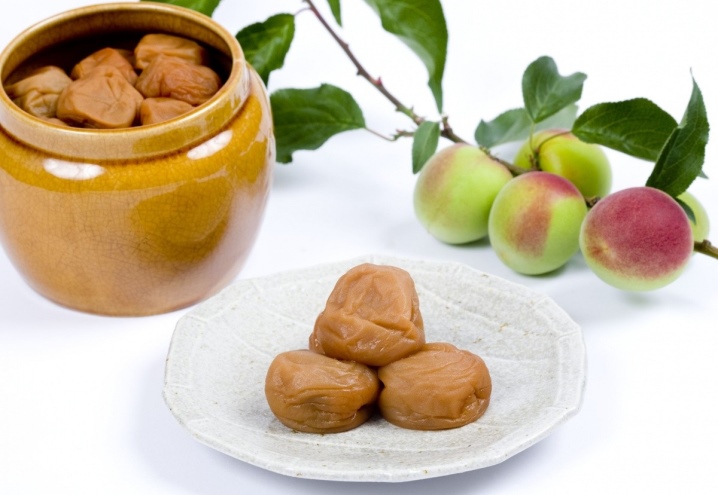
In addition to being eaten, Japanese plum oil is also used for cosmetic purposes. It has anti-aging, tonic and anti-inflammatory properties.
It is included in various creams and lotions, and is also applied to the skin in its pure form. With regular use, the product:
- soothes, eliminates irritation;
- moisturizes and nourishes the epidermis;
- restores water and fat balance;
- solves the problem of excessive dryness and flaking;
- makes wrinkles less visible.
The skin is transformed, becomes soft, elastic and velvety. A particularly pronounced effect can be seen with age-related changes and dehydration of the epidermis. This product is also used to care for dry, brittle hair. A natural product is not cheap, but this only confirms its value.

A few words should be said about hybrid varieties ("Souvenir of the East", "Shiro", "Ka-hinta", "Alyonushka", "Skoroplodnaya" and others). All of them are equally beautiful and unpretentious to care for. The differences lie in the color and taste of the fruit. The rind can be burgundy, purple or red. The taste is usually dessert, sweet-spicy, sometimes with a pleasant sourness. Due to this, some varieties of Japanese apricot can be eaten fresh, and also used for making jams, marmalades and compotes.














The comment was sent successfully.